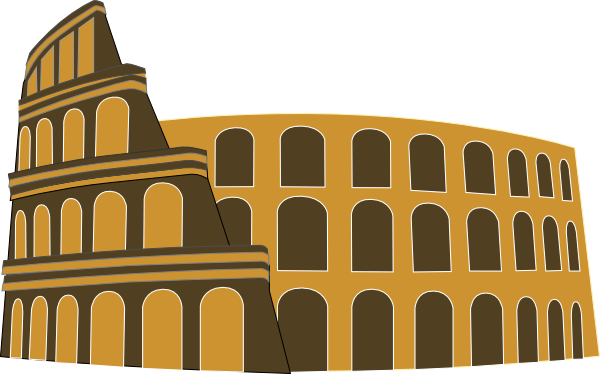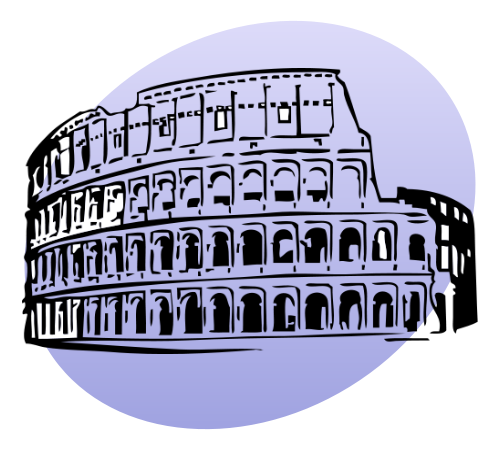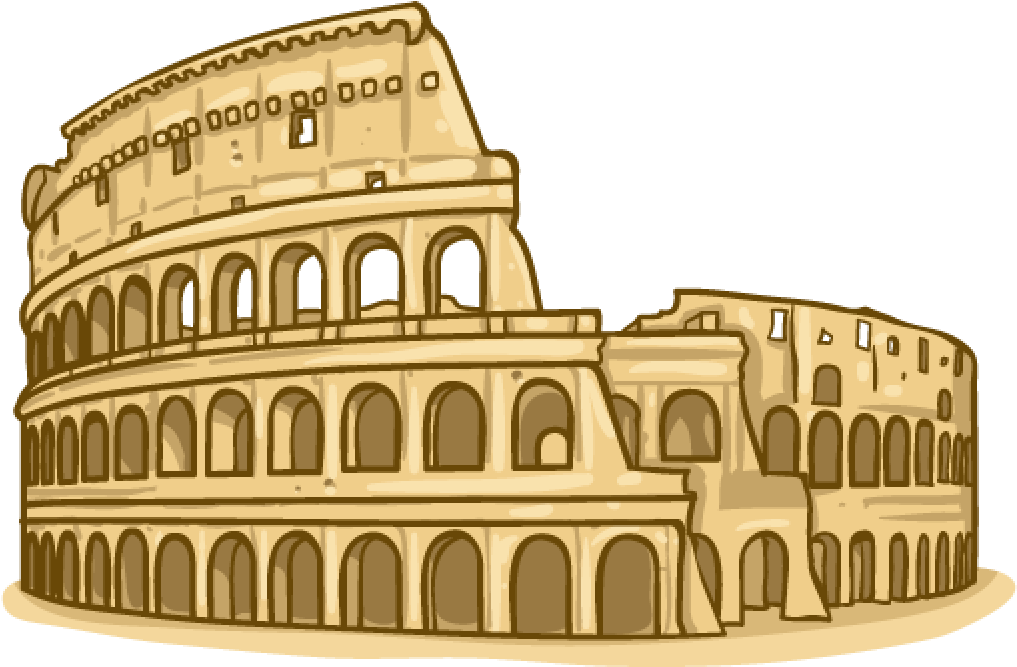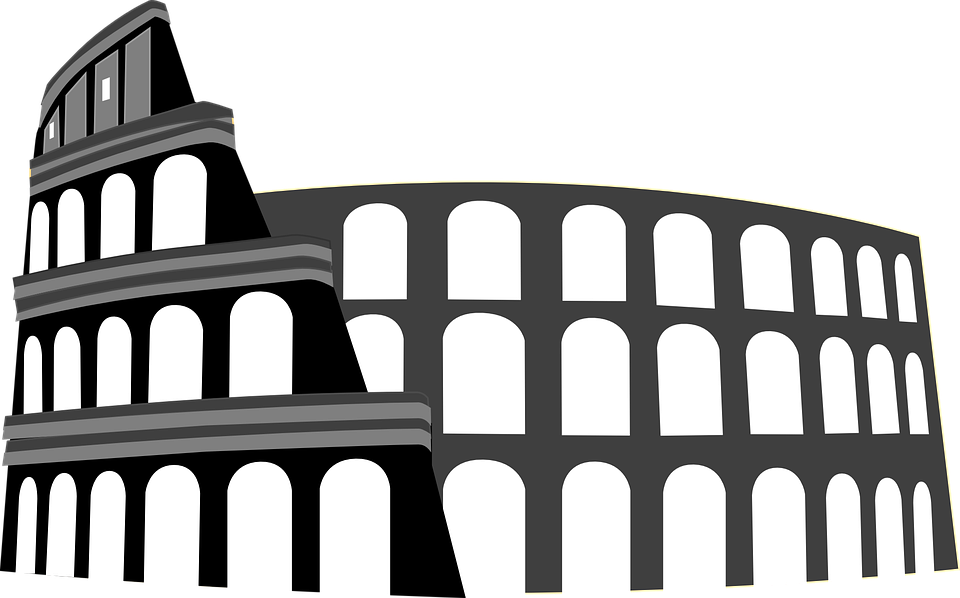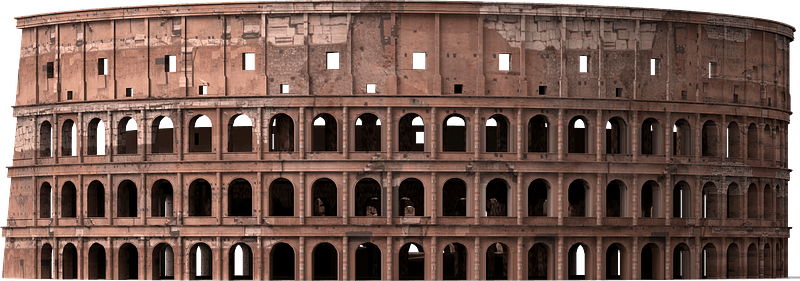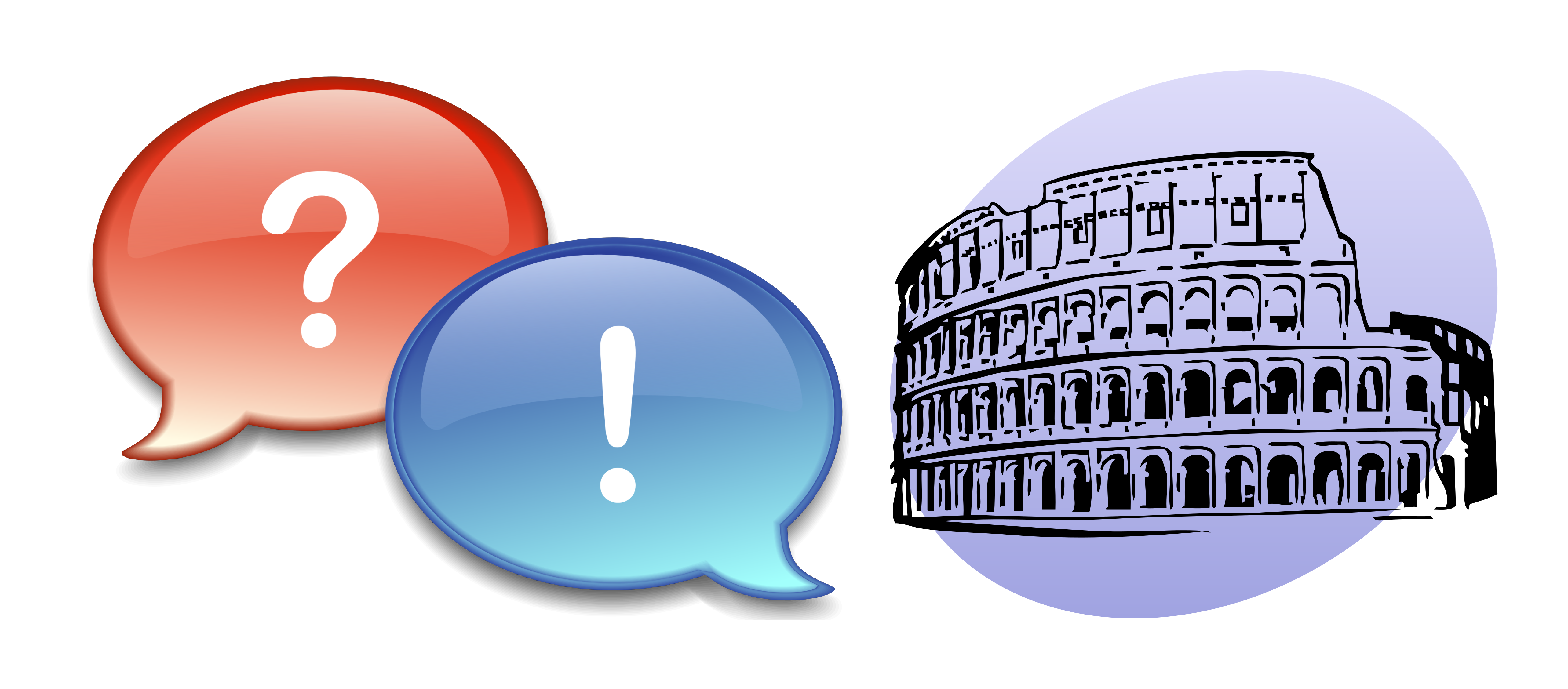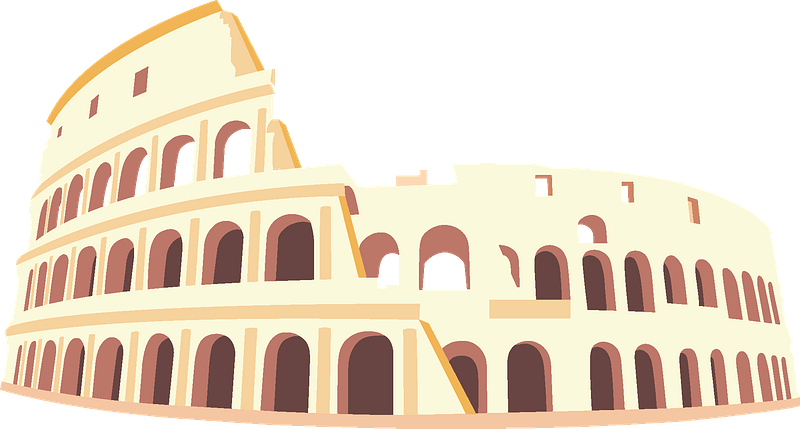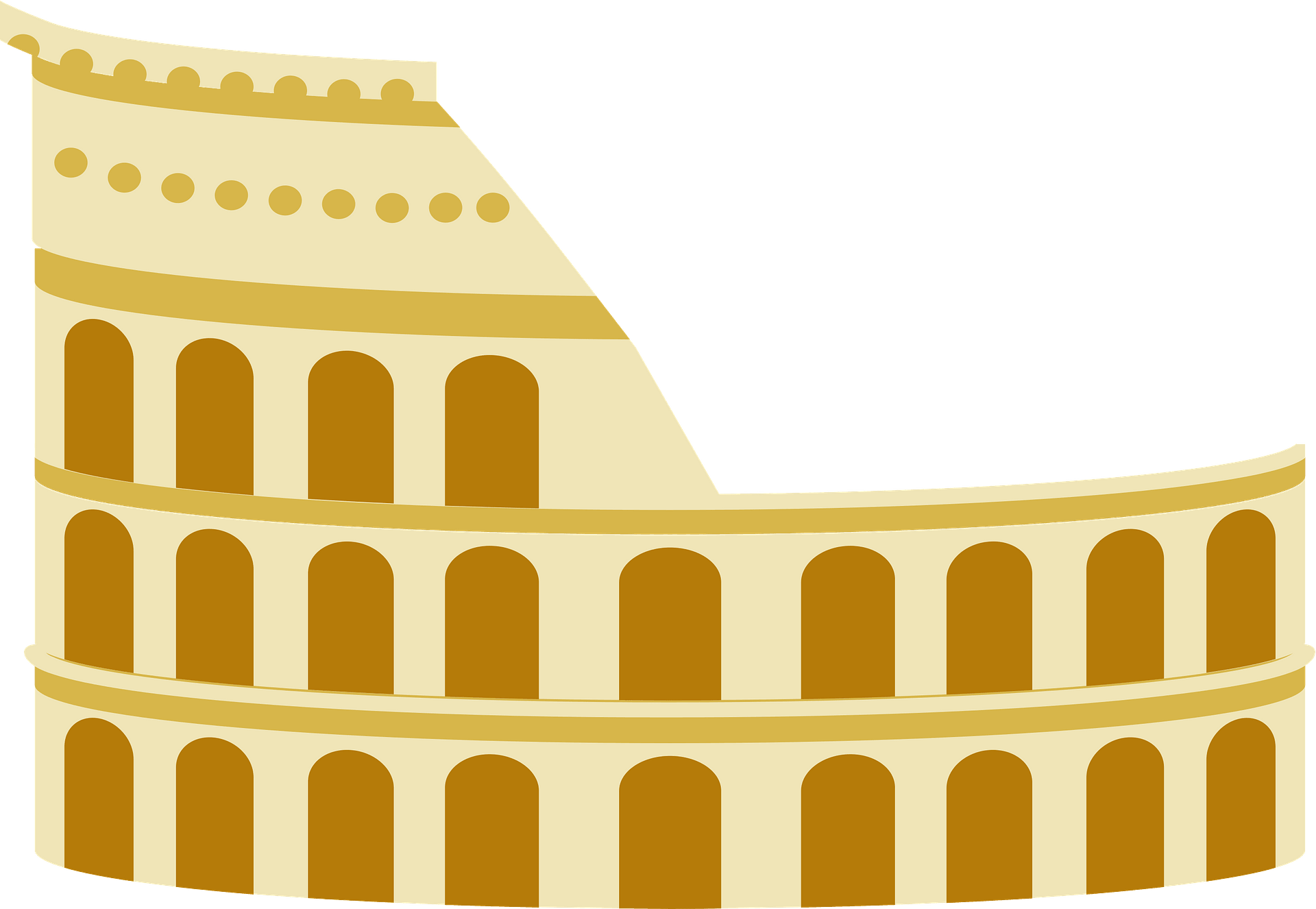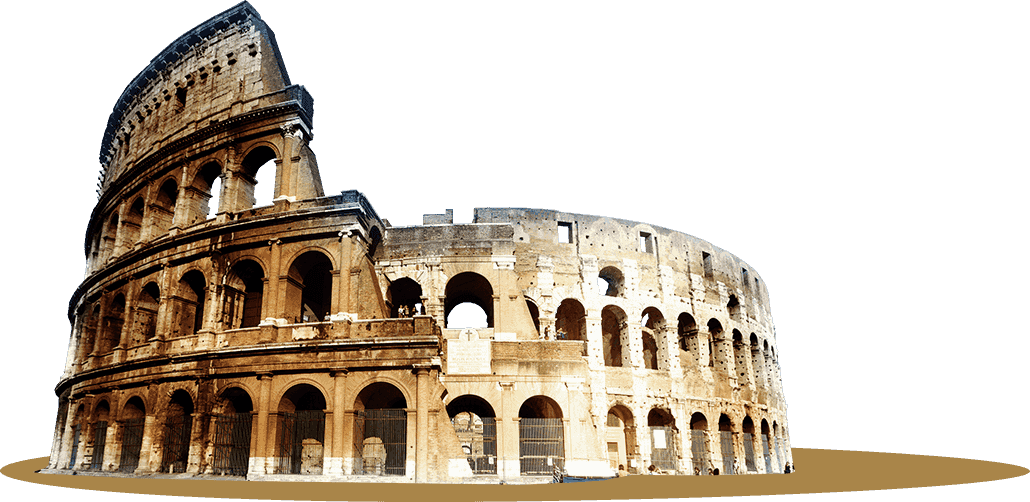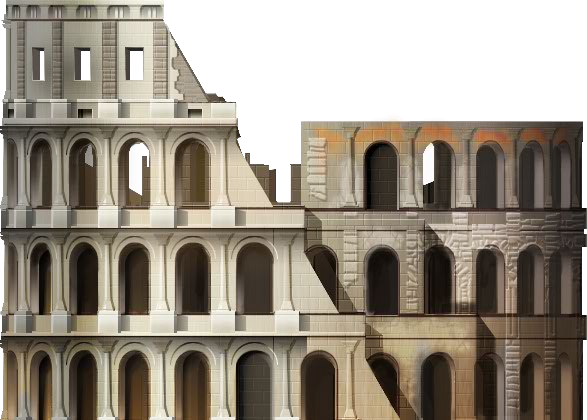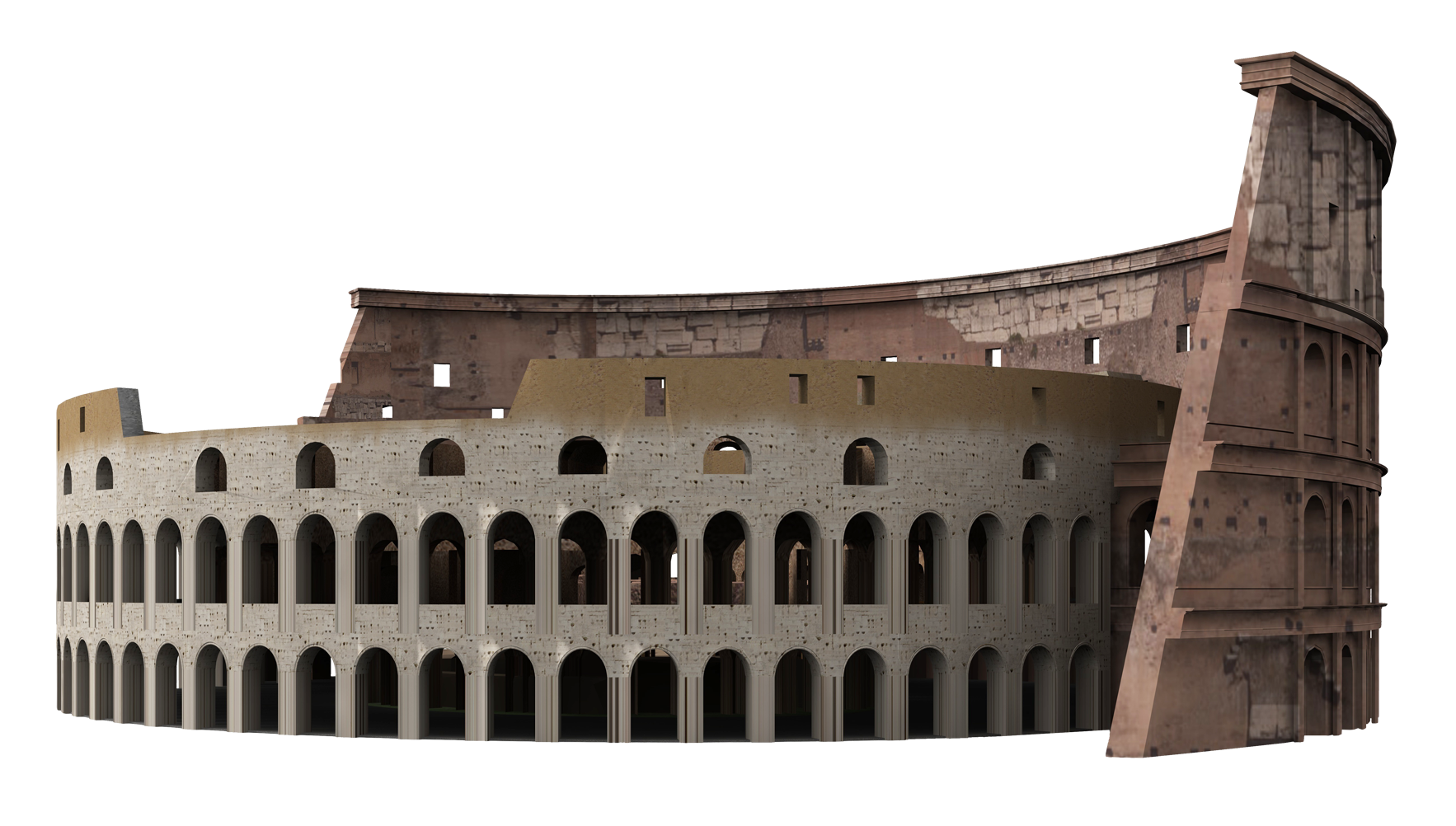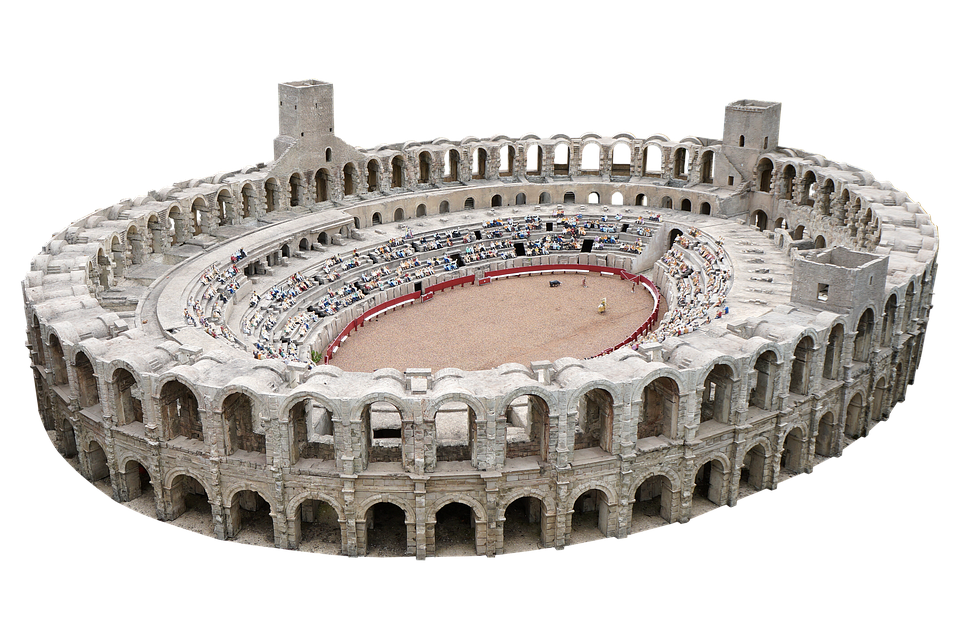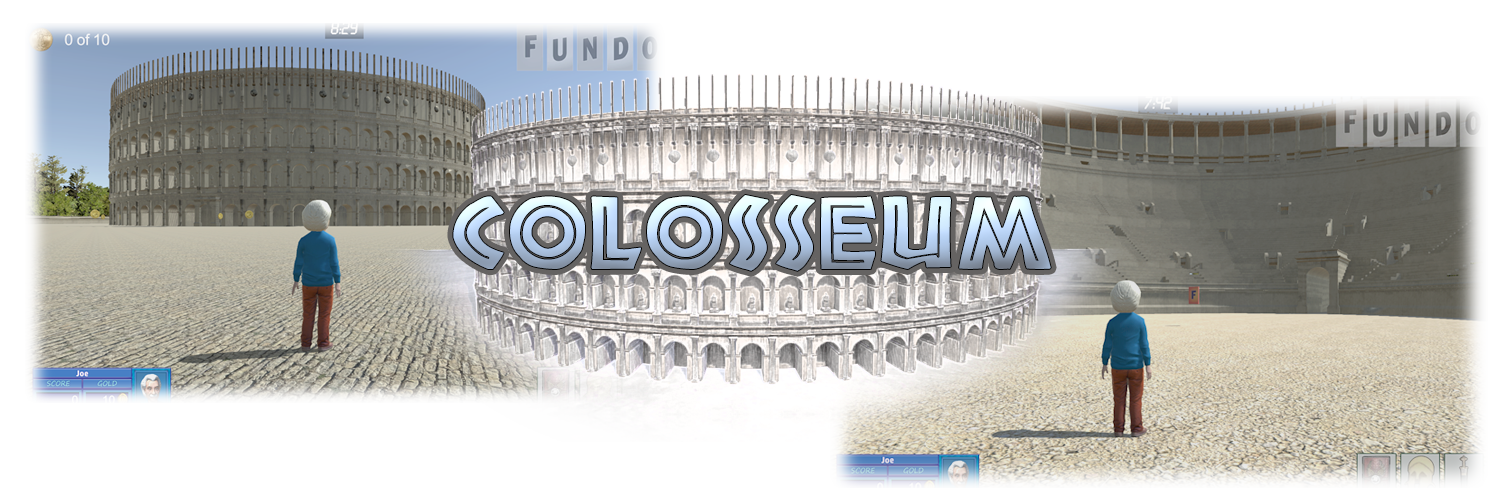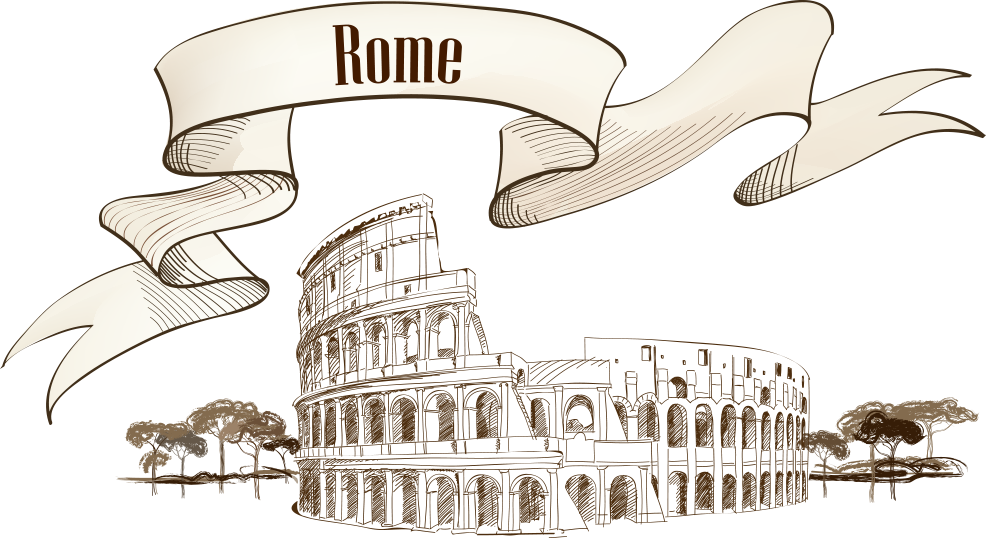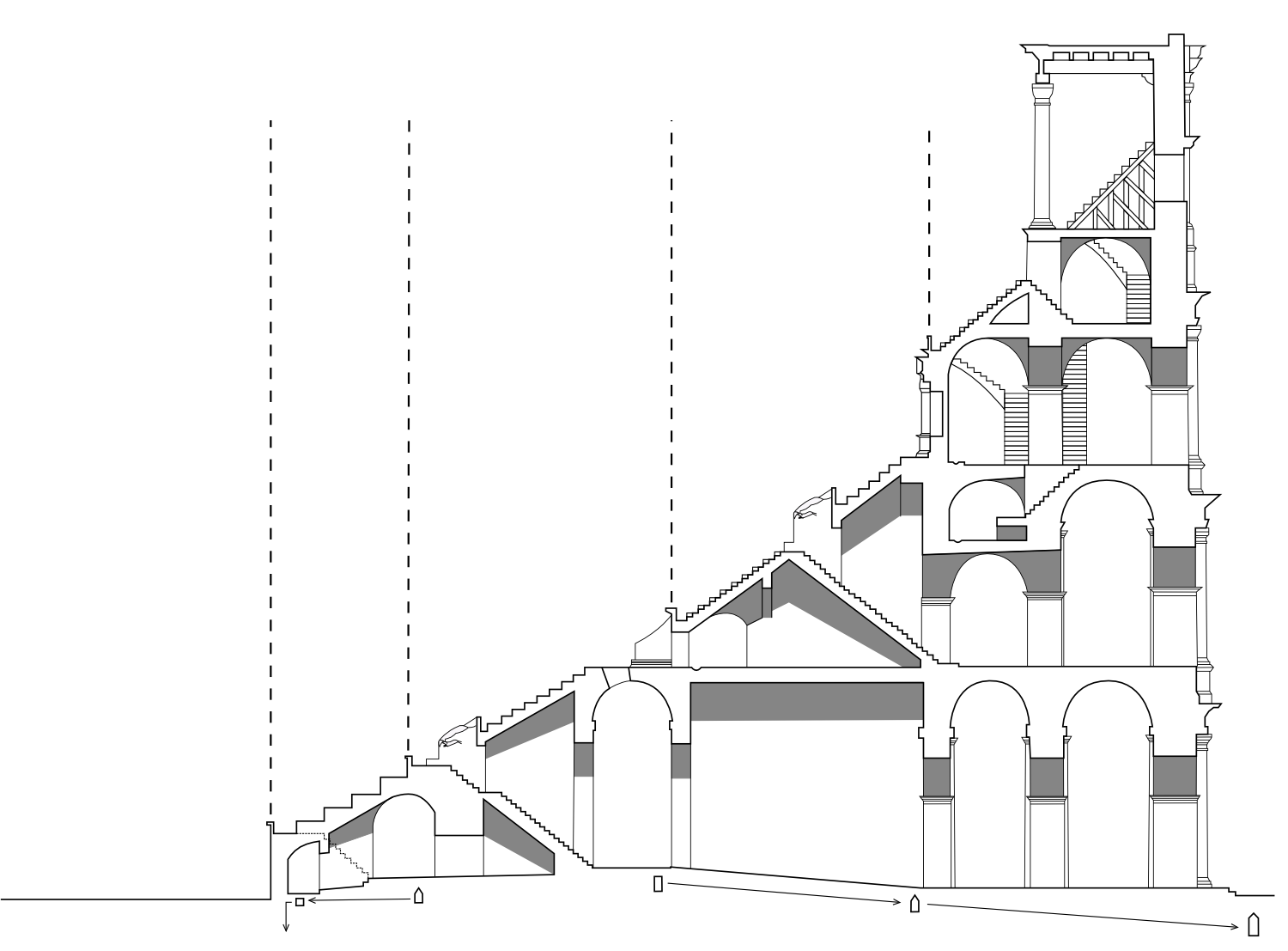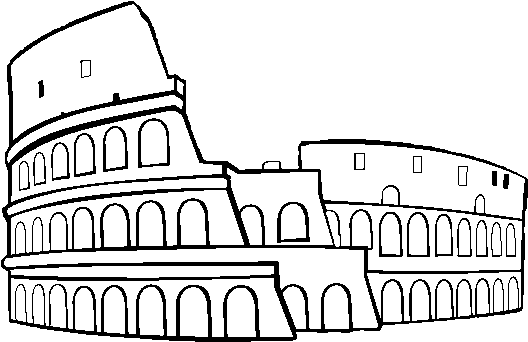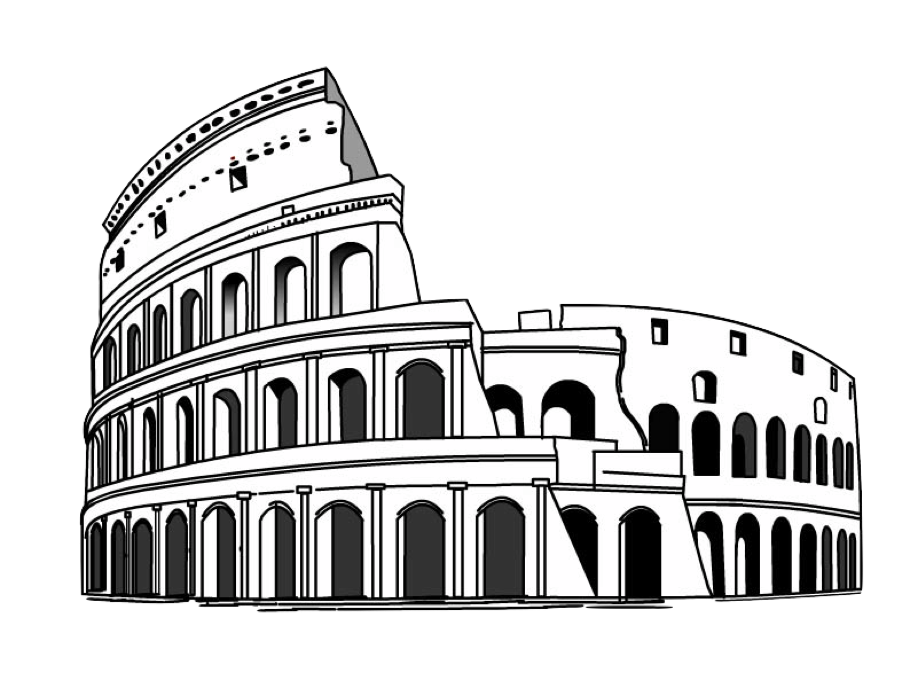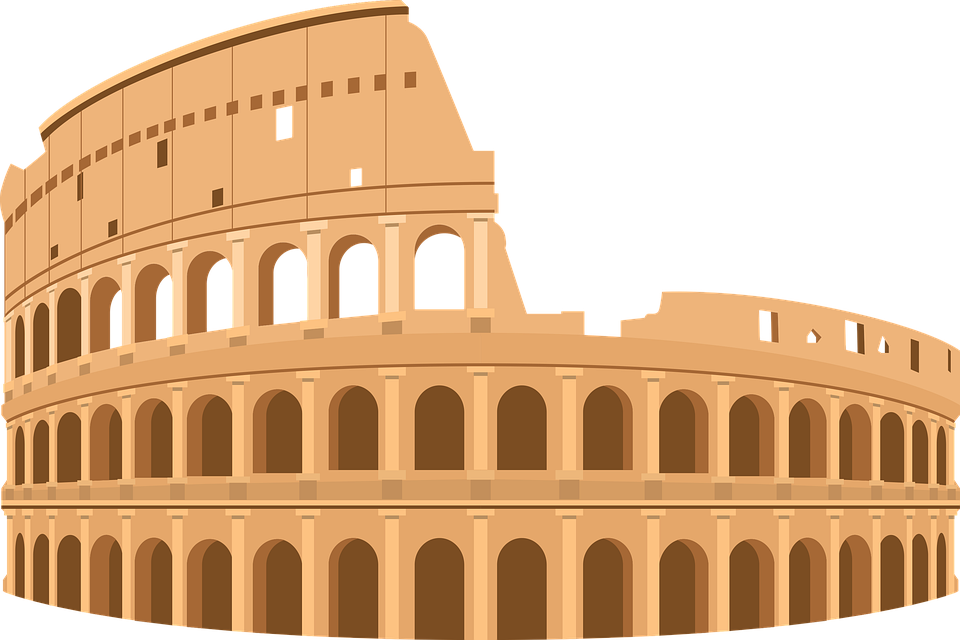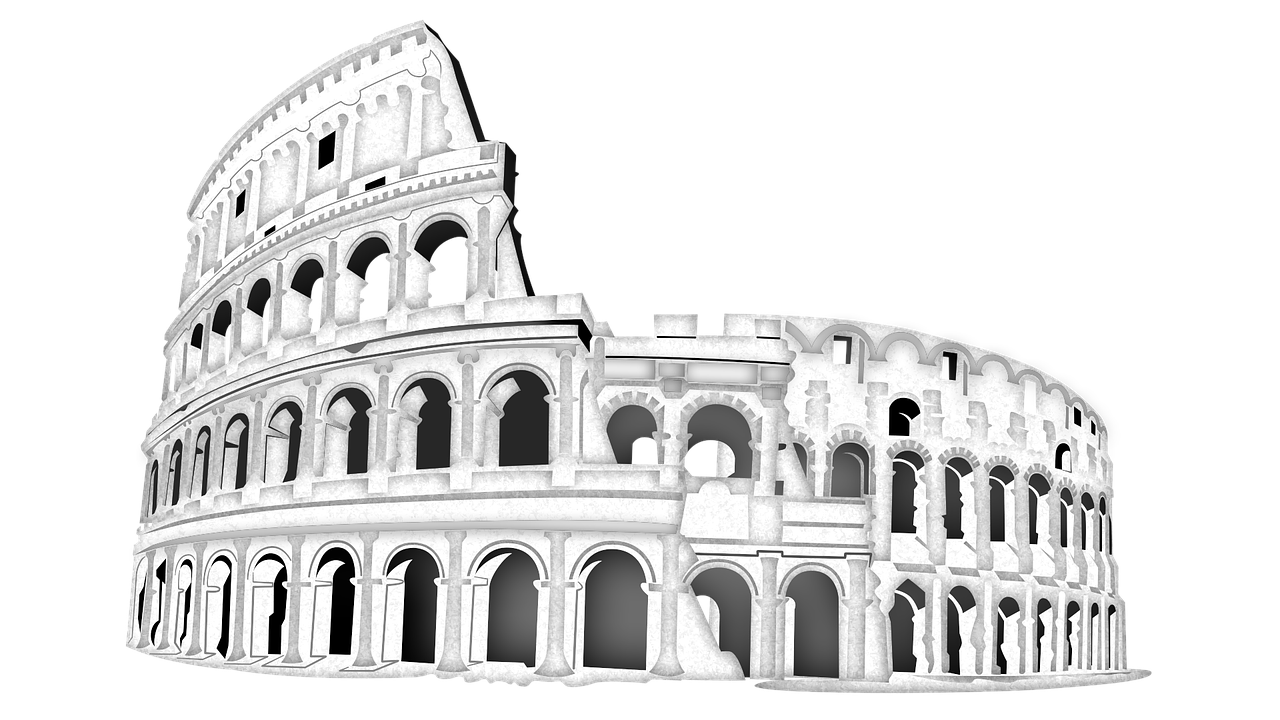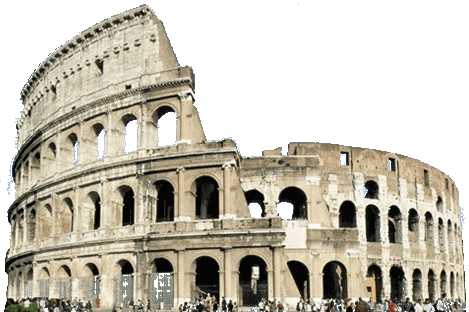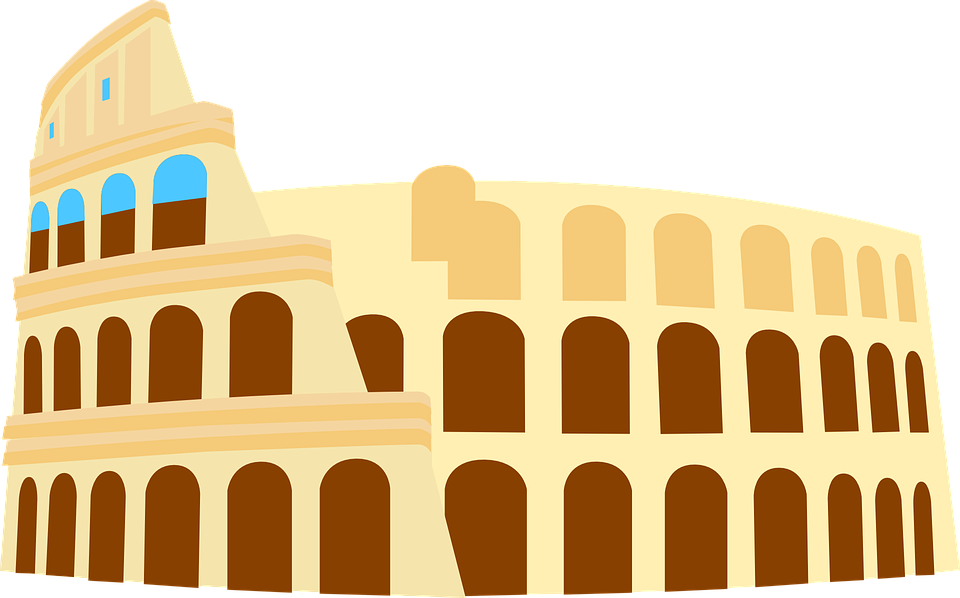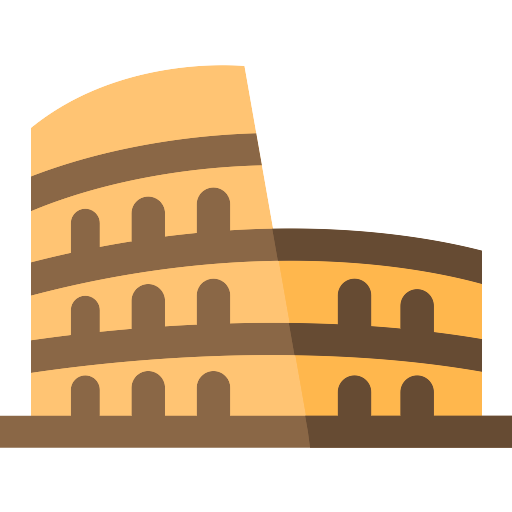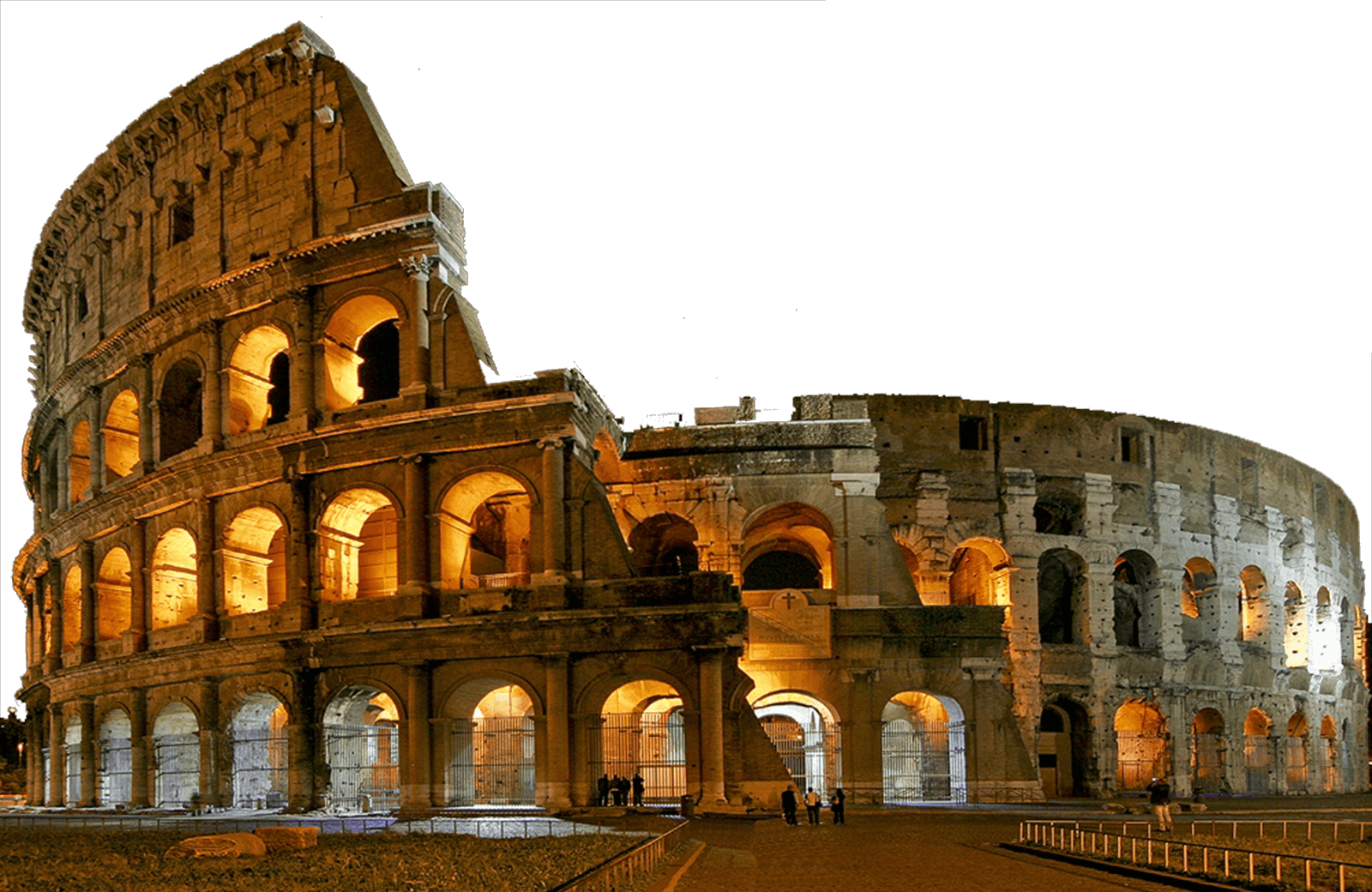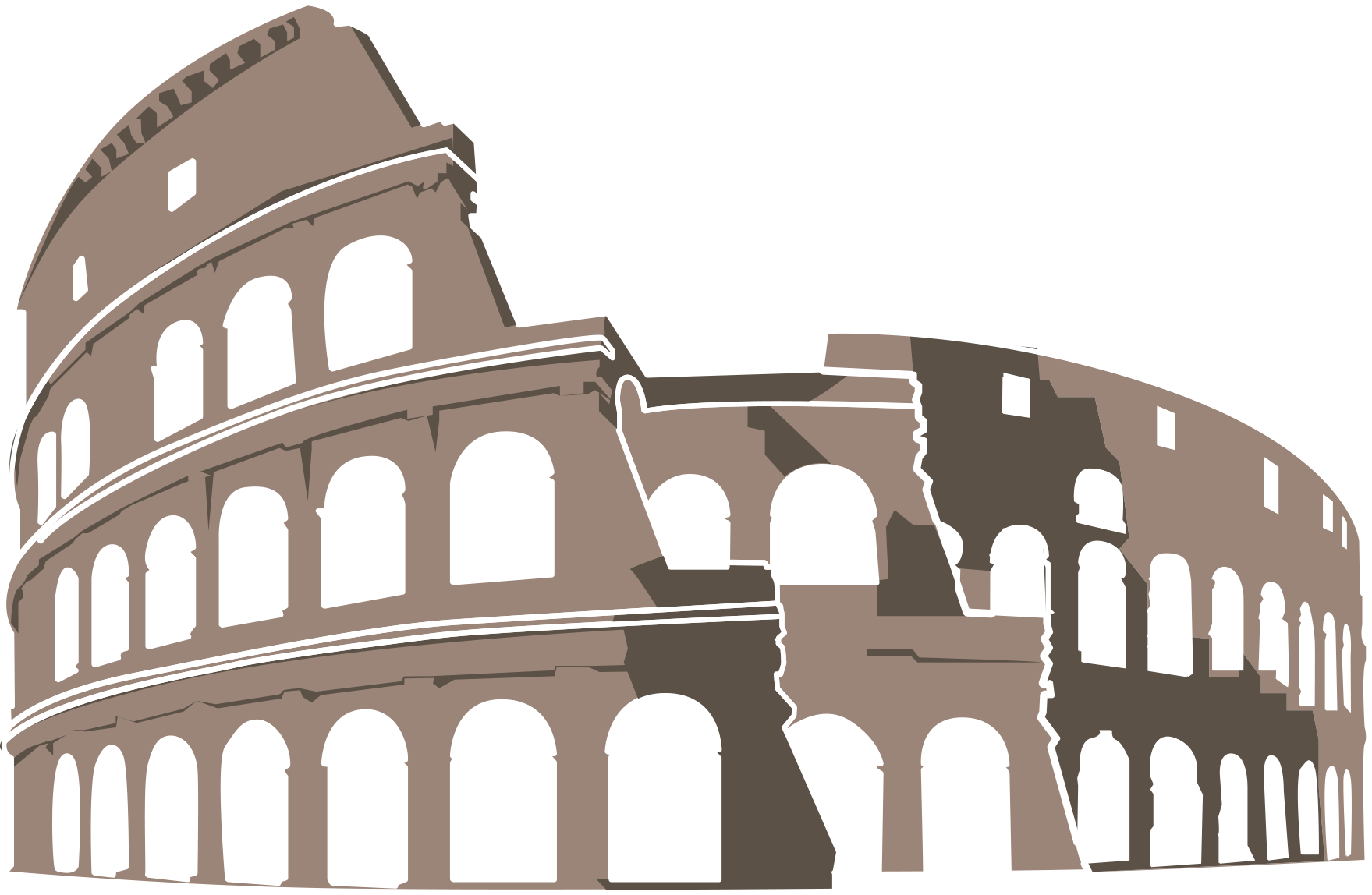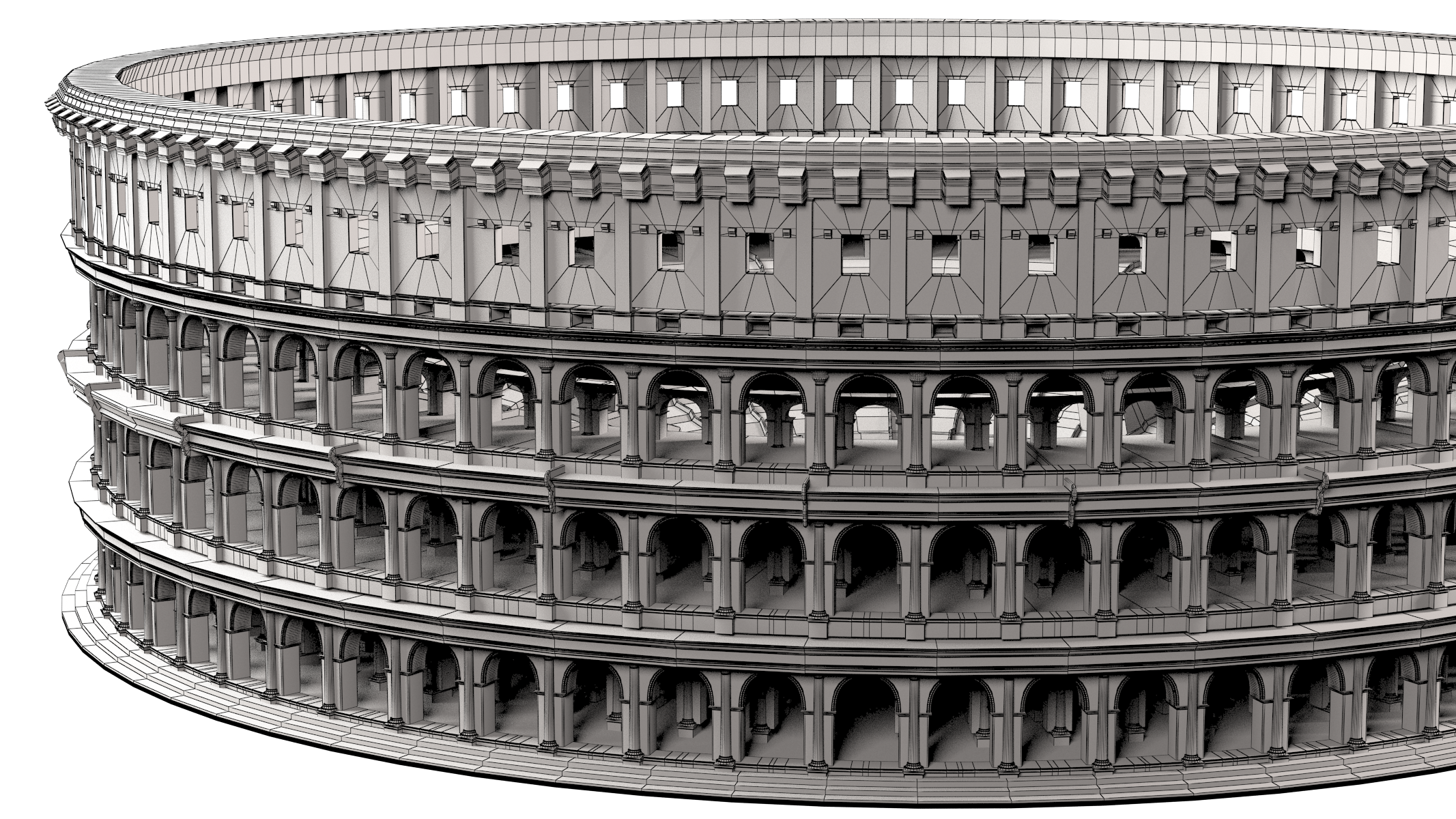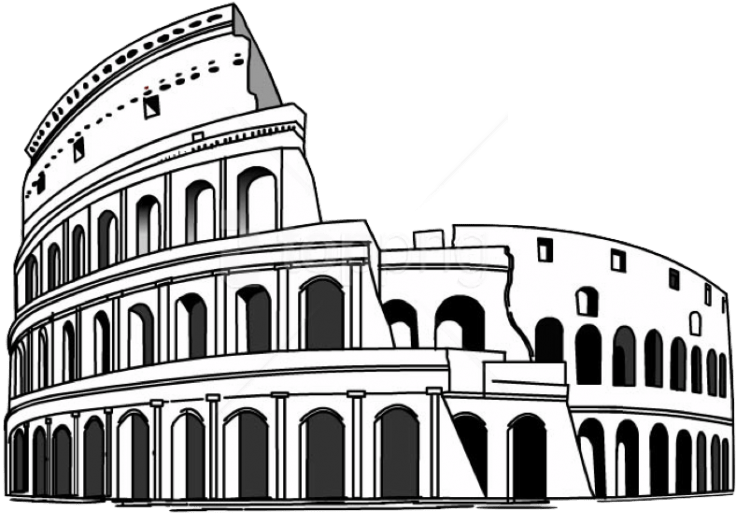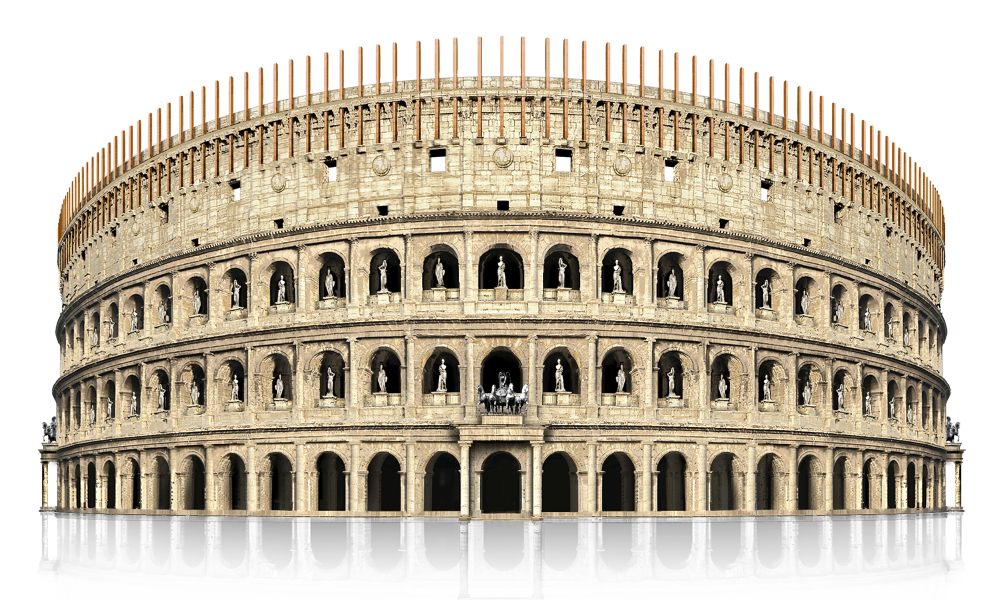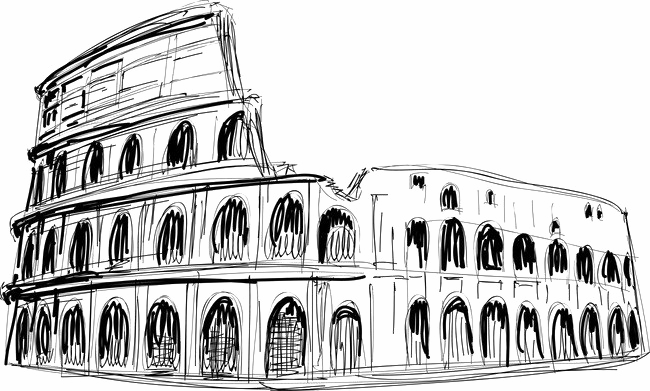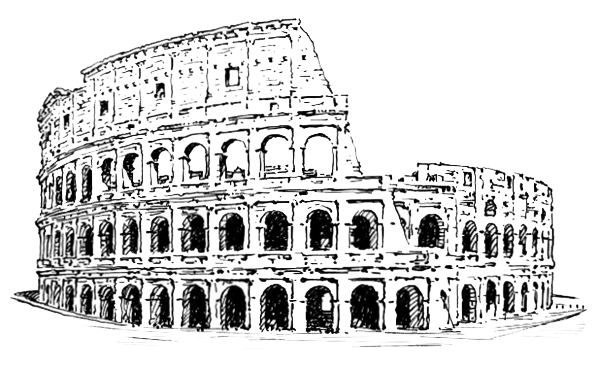Download top and best high-quality free Colosseum PNG Transparent Images backgrounds available in various sizes. To view the full PNG size resolution click on any of the below image thumbnail.
License Info: Creative Commons 4.0 BY-NC
The Colosseum is an oval amphitheatre located immediately east of the Roman Forum in the heart of Rome, Italy. Despite its antiquity, it is the biggest ancient amphitheatre ever erected and remains the world’s largest standing amphitheatre today. Construction began in 72 AD under Emperor Vespasian and was finished in 80 AD under Titus, his successor and heir.
Construction began in 72 AD under Emperor Vespasian and was finished in 80 AD under Titus, his successor and heir. During the reign of Domitian (r. 81″96), more changes were enacted. The Flavian dynasty was the sponsors of the work, and the amphitheatre was dubbed the Flavian Amphitheatre (Latin: Amphitheatrum Flavium; Italian: Anfiteatro Flavio) by subsequent classicists and archaeologists because of its connection to their surname (Flavius).
Travertine limestone, tuff (volcanic rock), and brick-faced concrete were used to construct the Colosseum. The Colosseum was used for gladiatorial contests and public spectacles such as animal hunts, executions, re-enactments of famous battles, and dramas based on Roman mythology, as well as briefly mock sea battles.
The Colosseum was used for gladiatorial contests and public spectacles such as animal hunts, executions, re-enactments of famous battles, and dramas based on Roman mythology, as well as briefly mock sea battles. In the early medieval century, the structure was no longer utilized for entertainment. It was afterwards used for homes, workshops, religious order quarters, a castle, a quarry, and a Christian shrine, among other things.
The Colosseum, although being severely damaged by earthquakes and stone thieves (for spolia), is an iconic symbol of Imperial Rome and was named one of the New7Wonders of the World. Also is one of Rome’s most prominent tourist sites, and it has ties to the Roman Catholic Church, since the Pope leads a torchlit “Way of the Cross” procession that begins near the Colosseum every Good Friday.
The Colosseum is also portrayed on the five-cent euro coin in Italian.
The Latin name for the structure was originally amphitheatrum, which meant ‘amphitheatre.’ There is no indication that the present term Flavian Amphitheatre (Latin: amphitheatrum Flavium) was used in Classical Antiquity. The name derives from the Flavian dynasty’s sponsorship, under whose reigns the monument was built, however the structure is better known as the Colosseum. The Colosseum may have been known in antiquity by the unofficial name Amphitheatrum Caesareum (with Caesareum being an adjective referring to the title Caesar), but this name was not unique to the Colosseum; the builders of the Colosseum, Vespasian and Titus, also built a Flavian Amphitheatre in Puteoli (modern Pozzuoli).
The amphitheatre was given the name colosseum in the 6th century, during Late Antiquity. The term Colosseum is thought to come from a massive statue of Nero modeled after the Colossus of Rhodes. Emperor Hadrian (r. 117″138) put the massive bronze sculpture of Nero as a sun deity to its current location beside the amphitheatre.
Colosseum is a neuter Latin noun derived from the adjective colosseus, which means “colossal” or “colossal.” By the year 1000, the amphitheatre from the adjacent “Colossus Solis” had been given the Latin name “Colosseum.”
In Medieval Latin, the spelling was occasionally changed: coloseum and coliseum date from the 12th and 14th centuries, respectively. The amphitheatrum colisei, or ‘Amphitheatre of the Colossus,’ was mentioned in the 12th century. The Flavian amphitheatre is documented in the High Middle Ages as the late 13th-century Old French: colosé, and as the early 16th-century Middle French: colisée, by which time the name could be used to any amphitheatre.
Colisée is derived from Middle English: colisee, which was in use by the middle of the 15th century and was used by John Capgrave in his Solace of Pilgrims, where he said: Middle English: collise eke is a meruelous place… The majority of it is still in effect today. In around 1533, an English translation of Antonio de Guevara’s history of Marcus Aurelius (r. 161″180) by John Bourchier, 2nd Baron Berners related to Middle English: this Emperour, beynge with the Senate at Collisee.
Similarly, the Italian words colosseo and coliseo have been used to refer to the Roman amphitheatre and thereafter to any amphitheatre (as Italian: culiseo in 1367). By 1460, there was a Catalan equivalent: coliseu; by 1495, there was a Spanish equivalent: coliseo; and by 1548, there was a Portuguese equivalent: coliseu.
Download Colosseum PNG images transparent gallery.
- Colosseum
Resolution: 600 × 374
Size: 72 KB
Image Format: .png
Download
- Colosseum Ancient Rome No Background
Resolution: 512 × 512
Size: 18 KB
Image Format: .png
Download
- Colosseum Italy Monument PNG Image
Resolution: 512 × 334
Size: 7 KB
Image Format: .png
Download
- Colosseum Italy Monument PNG File
Resolution: 600 × 600
Size: 108 KB
Image Format: .png
Download
- Colosseum No Background
Resolution: 500 × 323
Size: 61 KB
Image Format: .png
Download
- Colosseum PNG HD Image
Resolution: 500 × 450
Size: 106 KB
Image Format: .png
Download
- Colosseum Ancient Rome PNG Pic
Resolution: 1017 × 667
Size: 64 KB
Image Format: .png
Download
- Colosseum Ancient Rome PNG Images HD
Resolution: 960 × 598
Size: 123 KB
Image Format: .png
Download
- Colosseum Ancient Rome Transparent
Resolution: 800 × 528
Size: 107 KB
Image Format: .png
Download
- Colosseum Ancient Rome
Resolution: 512 × 512
Size: 30 KB
Image Format: .png
Download
- Colosseum Ancient Rome PNG Images
Resolution: 512 × 512
Size: 12 KB
Image Format: .png
Download
- Colosseum PNG Clipart
Resolution: 800 × 281
Size: 170 KB
Image Format: .png
Download
- Colosseum PNG Images
Resolution: 5134 × 2257
Size: 1778 KB
Image Format: .png
Download
- Colosseum PNG Photos
Resolution: 800 × 429
Size: 53 KB
Image Format: .png
Download
- Colosseum Transparent
Resolution: 1920 × 1326
Size: 75 KB
Image Format: .png
Download
- Colosseum Ancient Rome PNG Clipart
Resolution: 1030 × 502
Size: 121 KB
Image Format: .png
Download
- Colosseum PNG File
Resolution: 587 × 420
Size: 428 KB
Image Format: .png
Download
- Colosseum PNG Image HD
Resolution: 1766 × 1002
Size: 1634 KB
Image Format: .png
Download
- Colosseum Italy Monument PNG Images
Resolution: 1280 × 763
Size: 624 KB
Image Format: .png
Download
- Colosseum PNG Picture
Resolution: 960 × 639
Size: 892 KB
Image Format: .png
Download
- Colosseum Italy Monument PNG Photo
Resolution: 1500 × 500
Size: 1099 KB
Image Format: .png
Download
- Colosseum PNG Cutout
Resolution: 986 × 538
Size: 239 KB
Image Format: .png
Download
- Colosseum PNG Image
Resolution: 1500 × 1107
Size: 95 KB
Image Format: .png
Download
- Colosseum Ancient Rome PNG File
Resolution: 528 × 342
Size: 6 KB
Image Format: .png
Download
- Colosseum PNG
Resolution: 910 × 688
Size: 270 KB
Image Format: .png
Download
- Colosseum Italy Monument PNG Photos
Resolution: 960 × 601
Size: 78 KB
Image Format: .png
Download
- Colosseum Italy Monument PNG Cutout
Resolution: 960 × 640
Size: 168 KB
Image Format: .png
Download
- Colosseum PNG Images HD
Resolution: 1280 × 720
Size: 354 KB
Image Format: .png
Download
- Colosseum Ancient Rome PNG HD Image
Resolution: 512 × 512
Size: 61 KB
Image Format: .png
Download
- Colosseum Ancient Rome PNG Image HD
Resolution: 469 × 312
Size: 83 KB
Image Format: .png
Download
- Colosseum Italy Monument
Resolution: 960 × 598
Size: 138 KB
Image Format: .png
Download
- Colosseum Italy Monument PNG
Resolution: 600 × 396
Size: 117 KB
Image Format: .png
Download
- Colosseum Italy Monument PNG Pic
Resolution: 512 × 512
Size: 6 KB
Image Format: .png
Download
- Colosseum Italy Monument Transparent
Resolution: 512 × 512
Size: 18 KB
Image Format: .png
Download
- Colosseum Ancient Rome PNG Image
Resolution: 1600 × 1040
Size: 653 KB
Image Format: .png
Download
- Colosseum Ancient Rome PNG Photo
Resolution: 1759 × 1148
Size: 218 KB
Image Format: .png
Download
- Colosseum Ancient Rome PNG Cutout
Resolution: 2133 × 1200
Size: 12142 KB
Image Format: .png
Download
- Colosseum Ancient Rome PNG
Resolution: 736 × 514
Size: 211 KB
Image Format: .png
Download
- Colosseum Ancient Rome PNG Picture
Resolution: 1000 × 600
Size: 1088 KB
Image Format: .png
Download
- Colosseum Ancient Rome PNG Photos
Resolution: 960 × 680
Size: 172 KB
Image Format: .png
Download
- Colosseum PNG Photo
Resolution: 650 × 391
Size: 226 KB
Image Format: .png
Download
- Colosseum PNG Pic
Resolution: 600 × 369
Size: 220 KB
Image Format: .png
Download
